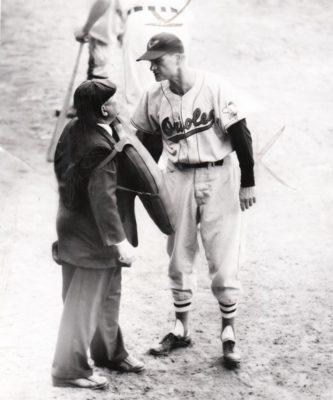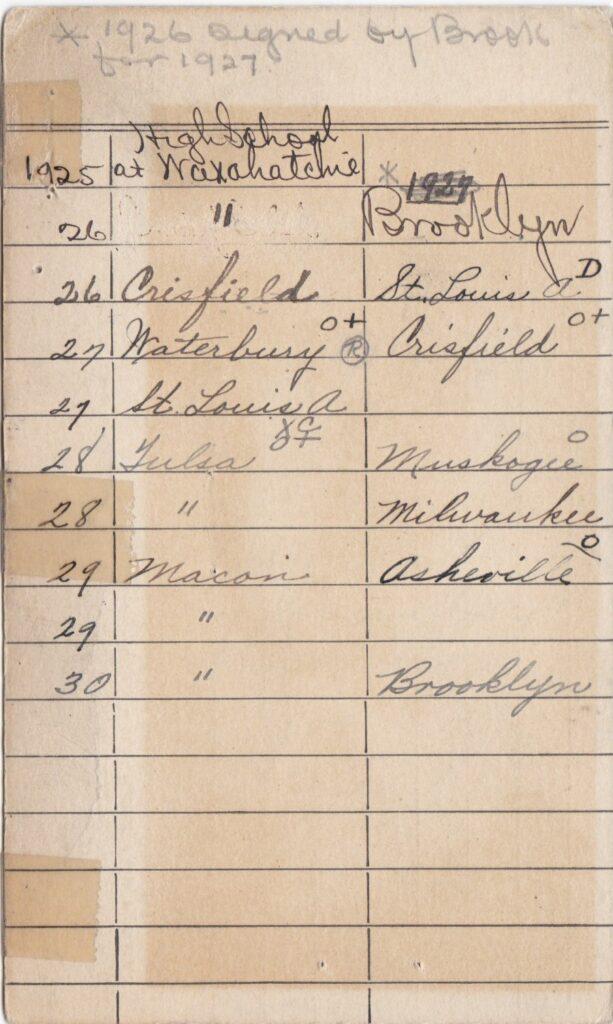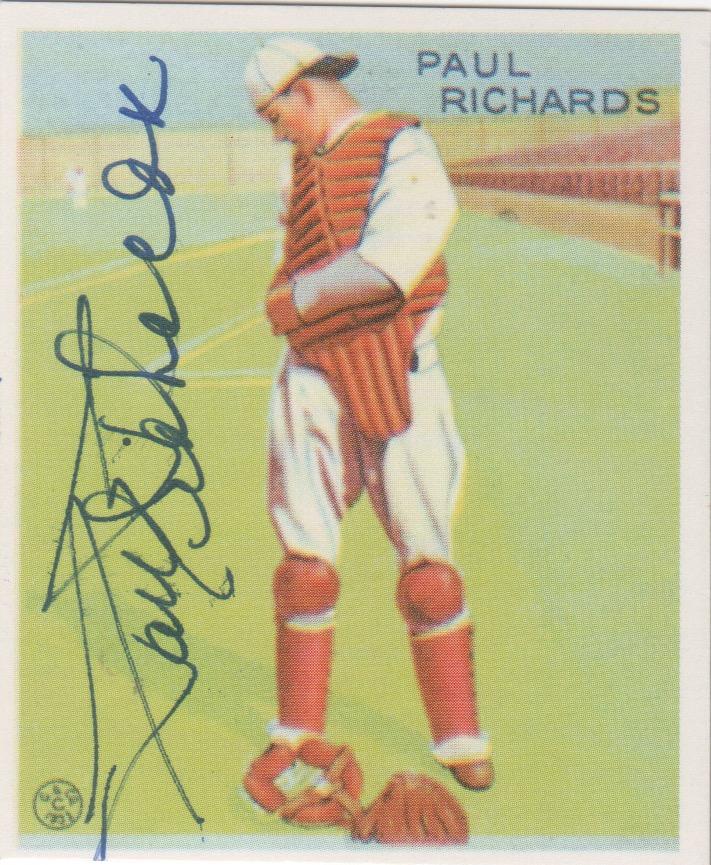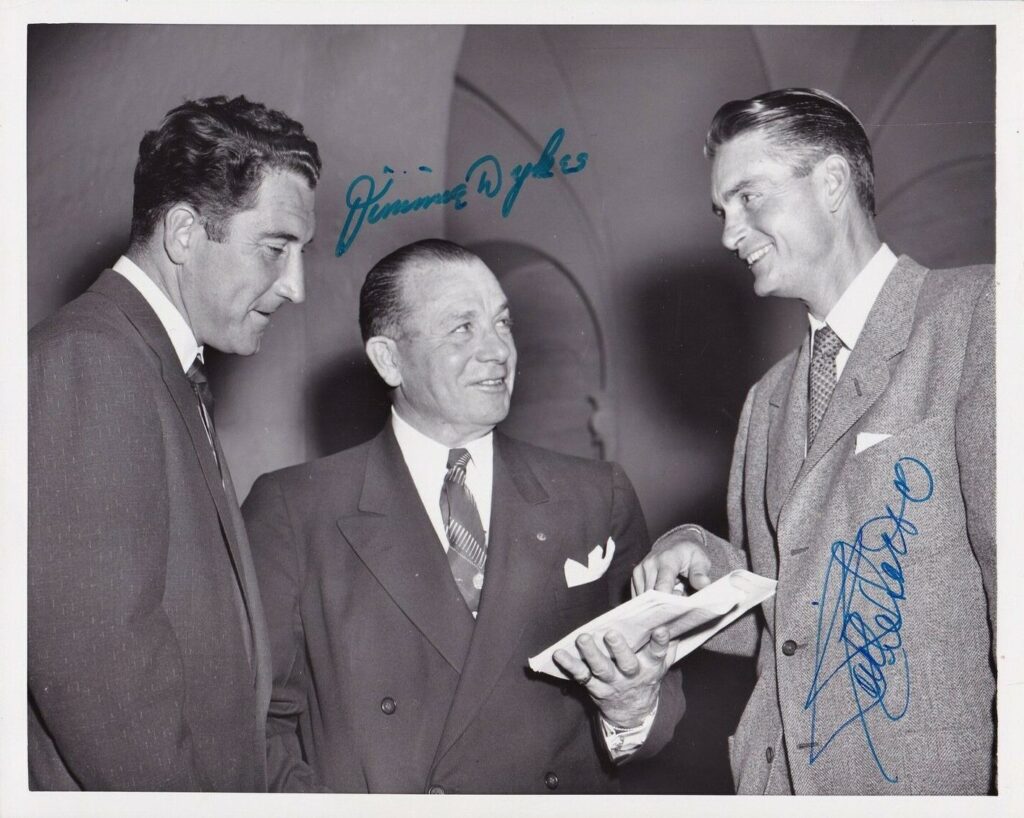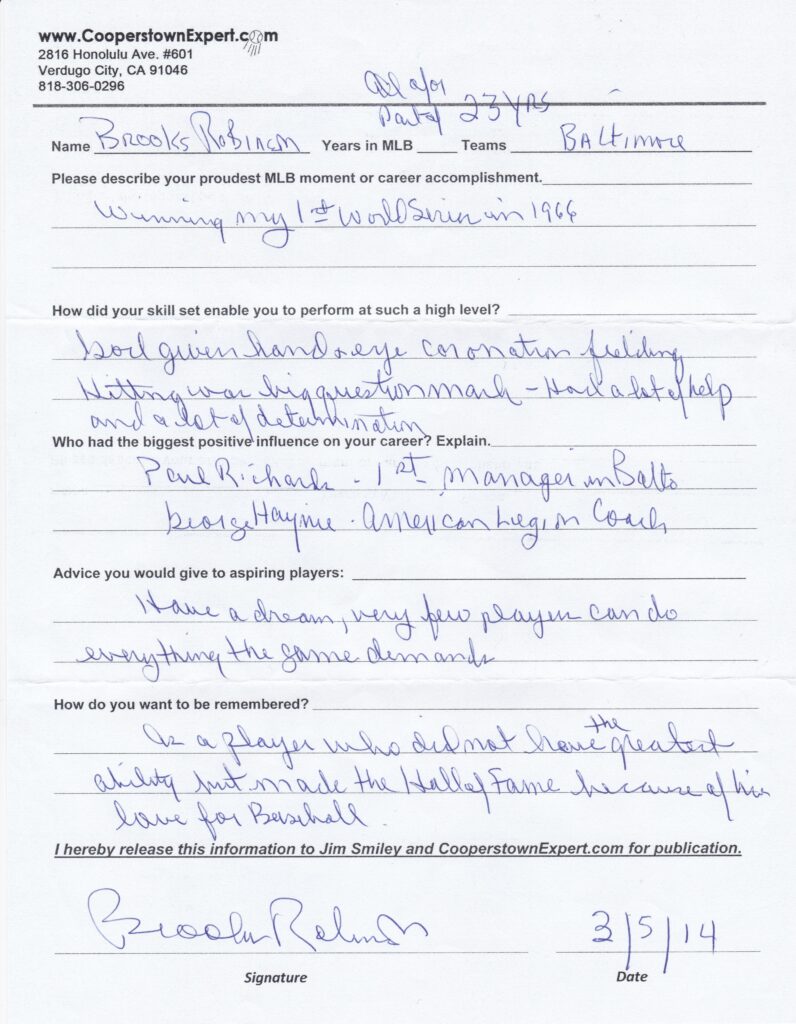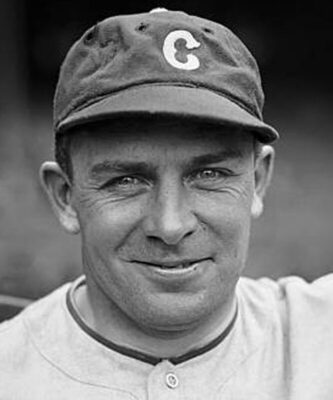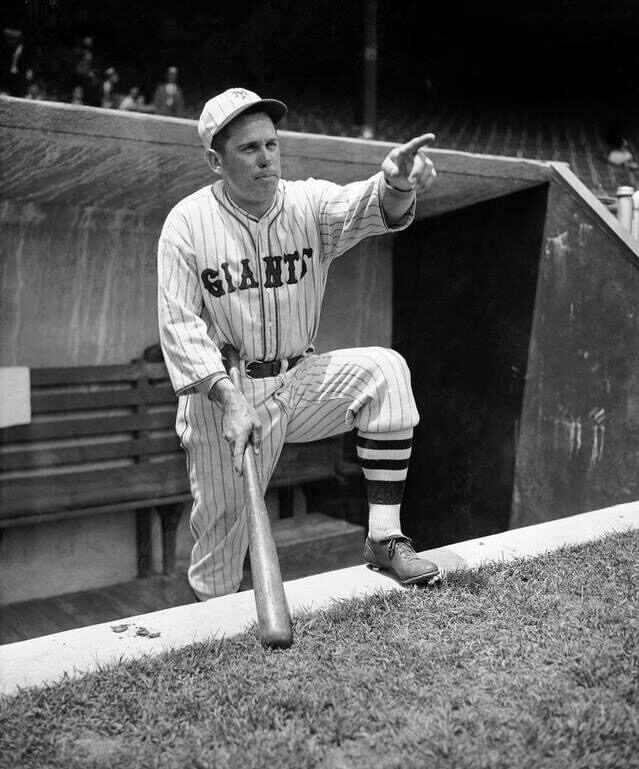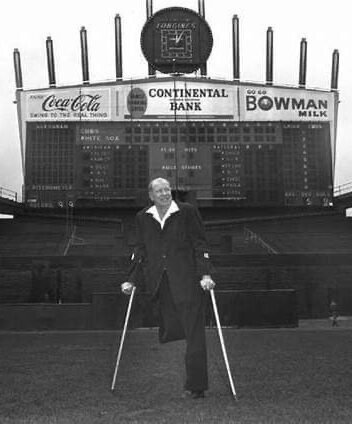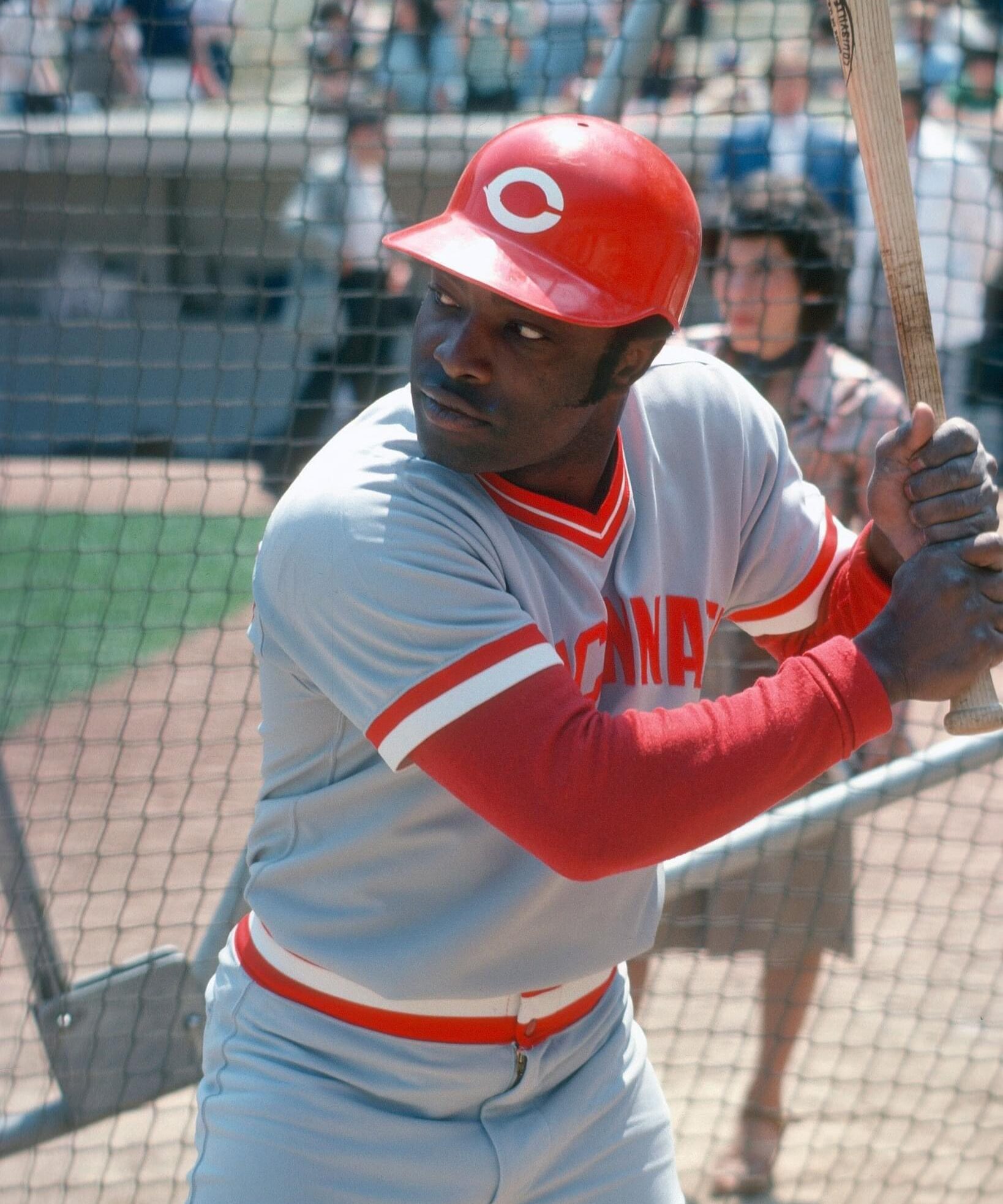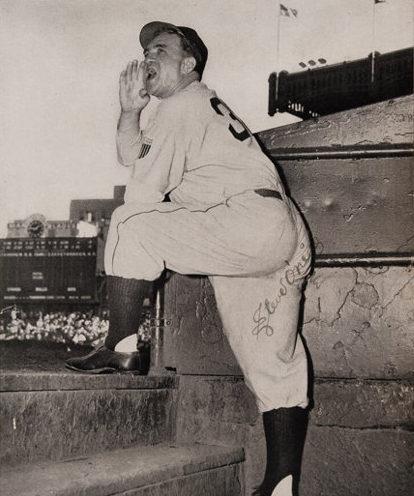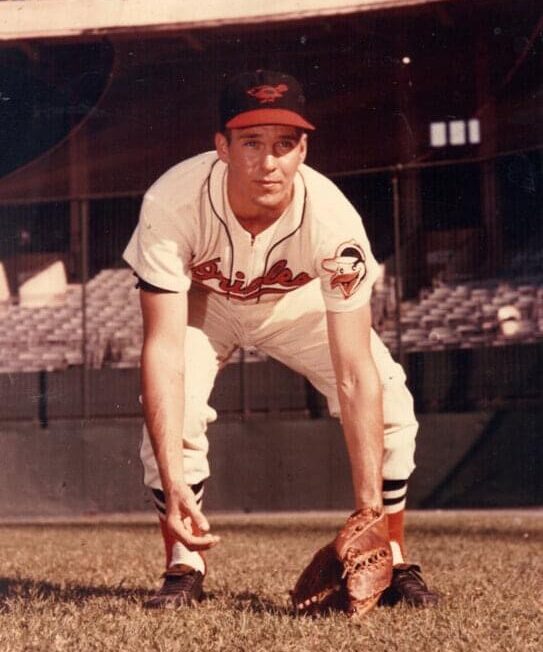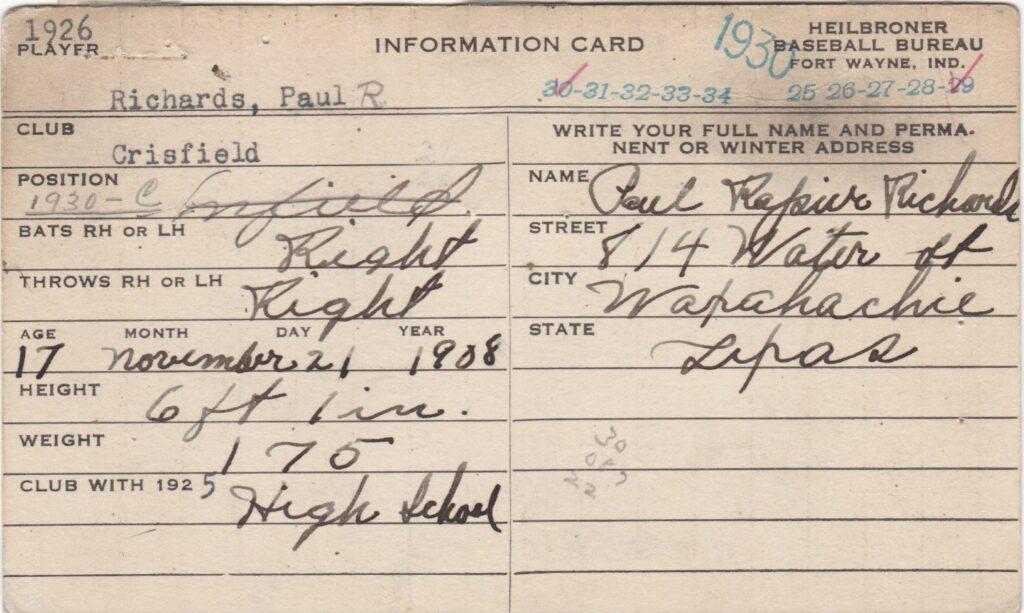
Waxahachie High School won nine straight Texas state championships from 1919 through 1927. Late in 1923 their third baseman fell sick and couldn’t play. Waxahachie coach A.A. “Double-A” Scott turned to fourteen year old eighth grader Paul Richards to play the hot corner for the final two games of the Indians’ championship run.
Richards helped the Waxahachie Indians win their fifth straight Texas title. Starting in Richards’ freshman year, the Indians started a run of 65 consecutive wins, an American national high school record at the time. Five of Richards’ high school teammates played in the Major Leagues. The ambidextrous Richards played shortstop and pitched from the left side to left-handed hitters and from the right side to right-handed batters.
His play caught the eye of future Hall of Fame Brooklyn manager Wilbert Robinson. By virtue of his games as an 8th grader, Richards used up his baseball eligibility at the end of his 11th grade year. He then dropped out of Waxahachie High and signed with the Dodgers for $1,000. The teenager reported to Pittsfield, Massachusetts to begin his professional career with the Class-A Hillies at age 17.
Richards enjoyed a 24-year career as a professional player. Though he played all over the diamond as a minor leaguer, all of his big league appearances came as a catcher. The high point of Richards’ playing career came in 1944 and ’45 with the Tigers. Though he appeared in only 95 games for Detroit in ’44, Richards received consideration in MVP balloting. Detroit had a successful season, losing the AL pennant on the last game of the season.
In ’45 Richards caught just 83 games yet still finished in the top ten in the MVP race as the Tigers were World Champs. The following season was Richards’ last as a Major Leaguer player though he went back to the minors as a player/manager with the Triple-A Buffalo Bisons until 1949.
After the 1950 season, the White Sox hired the 42-year old Richards as their manager, hoping to snap a run of seven straight losing seasons. Richards turned things around immediately. In the seven years before Richards arrived, the Sox were 161 games below .500; during his four-year stay in Chicago, the Sox won more than they lost every season, including the 91-win 1954 campaign.
A proponent of small ball, Richards pushed his teams to draw walks, steal bases, and bunt. Indeed, the Go-Go White Sox led the league in steals in each of Richards’ four years at the helm. As a skipper, Richards was ahead of his time, using a stat he called “batting average with base on balls”, known today as on-base percentage.
Before the ’55 season, the Orioles offered Richards the dual position of field manager and general manager. Over the next seven years, he developed “The Oriole Way” propelling the team to respectability.
In his first 11 seasons as a big league skipper, Richards was ejected more frequently than anyone in baseball history – once every 23 games. In fact, Richards led AL managers in ejections every year from 1951 through 1961.
Richards served in various positions throughout the game until his death in 1986. A baseball lifer, Richards’ influence is still being felt today. Sixteen of his former players went on to become big league managers. Hall of Fame skipper Tony LaRussa called him the greatest baseball mind the game has ever known.
In the collection is this Heilbroner Baseball Bureau information card filled out and signed by Paul Richards in his first season as a professional player. Notice that the 17-year old lists “infield” as his position.
